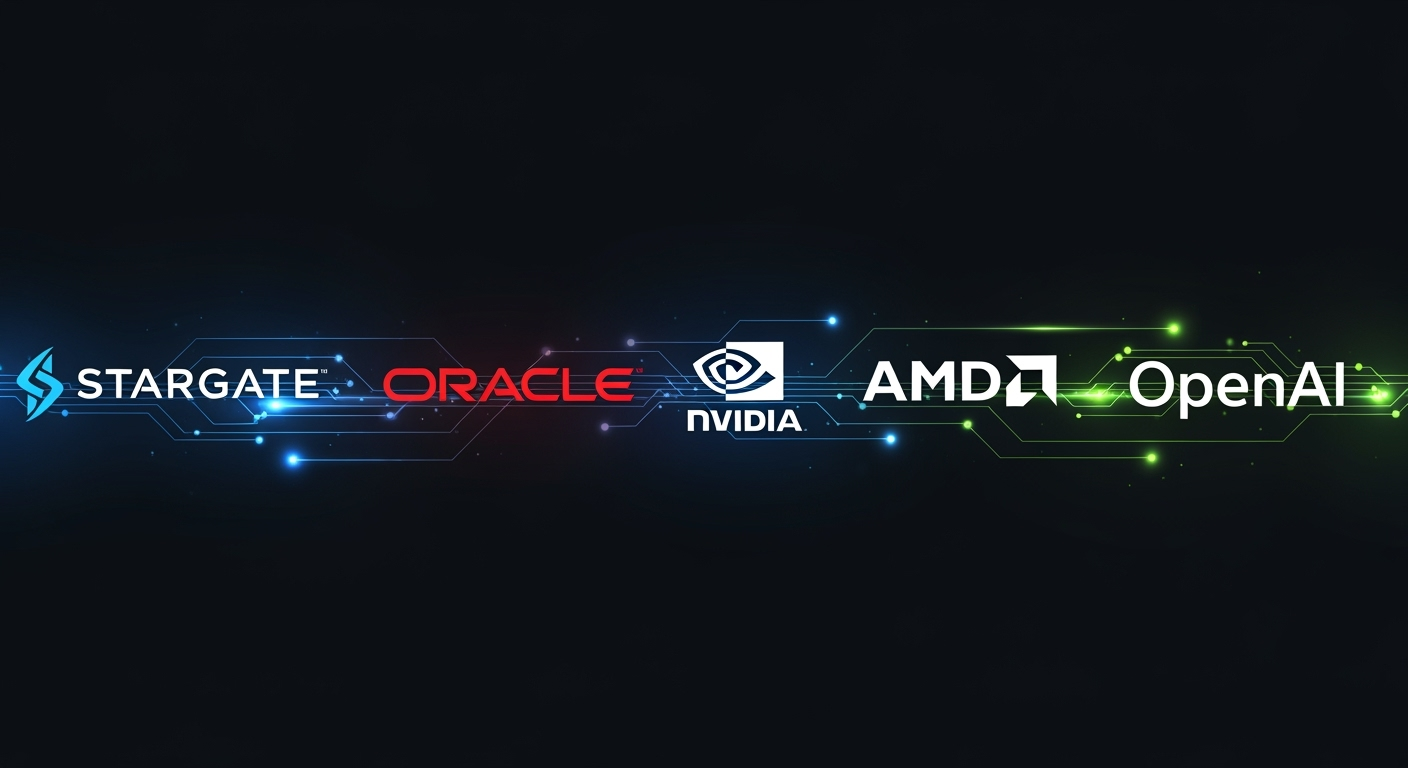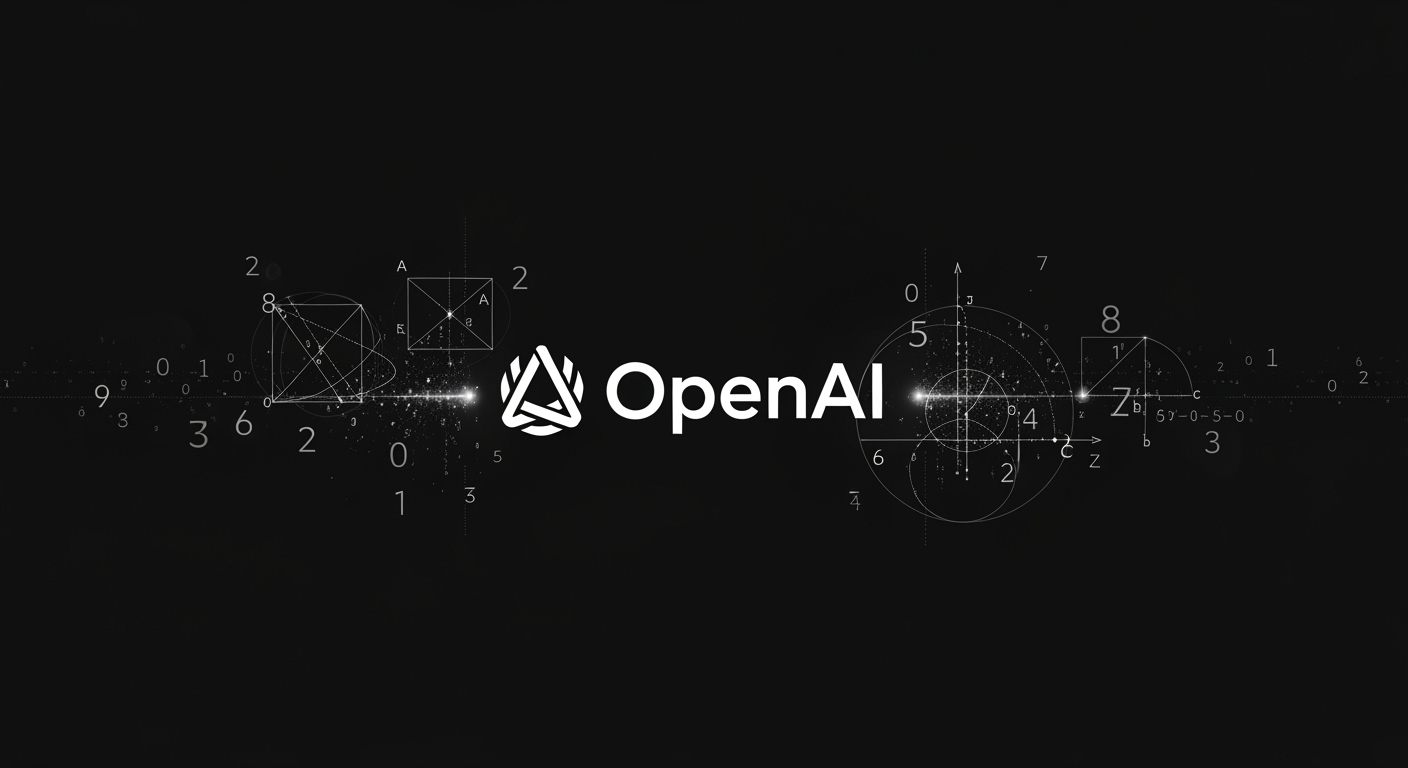OpenAI Signals More Major Partnerships Beyond AMD, Nvidia, and Oracle

OpenAI Teases More Groundbreaking Partnerships Ahead
OpenAI’s recent mega-deals with industry giants like Nvidia, AMD, and Oracle have made headlines, but CEO Sam Altman hints that even larger collaborations are coming soon. As the AI arms race accelerates, OpenAI is forging creative partnerships to secure the infrastructure needed for its next-generation models.
A Year of Monumental Deals
In 2025 alone, OpenAI has:
- Launched the $500 billion Stargate initiative in the U.S. with Oracle and SoftBank, commissioning 10 gigawatts of data center capacity.
- Signed a $300 billion cloud partnership with Oracle.
- Partnered with Nvidia for at least 10 gigawatts of AI data centers, with Nvidia investing up to $100 billion in OpenAI.
- Sealed a unique deal with AMD for 6 gigawatts of compute capacity, potentially making OpenAI a significant AMD shareholder.
- Expanded data center operations in the UK and Europe under "Stargate UK" and other initiatives.
Analysts estimate OpenAI’s total deal value this year could approach $1 trillion.
Innovative Deal Structures: A New Industry Standard?
OpenAI’s agreements have drawn attention for their unconventional, mutually beneficial structures:
- AMD: OpenAI may receive up to 10% in AMD stock over time, contingent on performance. In return, OpenAI will use and help improve AMD’s next-generation AI chips, aligning both companies’ futures.
- Nvidia: Unlike AMD, Nvidia’s deal makes the chip giant a shareholder in OpenAI, essentially underwriting the AI startup’s massive hardware purchases.
This "circular" financing has sparked debate, but it’s designed to allow OpenAI to access billions in infrastructure without burning through its own cash reserves.
The Scale of the Bet
Nvidia CEO Jensen Huang estimates that each gigawatt of AI data center capacity costs $50–60 billion, including land, power, and hardware. OpenAI’s vision is to become a “self-hosted hyperscaler,” operating its own global network of data centers—not just relying on cloud providers like Microsoft Azure or Oracle OCI.
Revenue Growth vs. Future Ambitions
Despite these massive investments, OpenAI’s current revenue—reportedly $4.5 billion for the first half of 2025—is far below the scale of its infrastructure commitments. However, Altman is unwavering in his confidence that future models and products will drive exponential demand and economic value.
What’s Next? Even More Deals Coming
On a recent episode of the a16z Podcast, Sam Altman told Ben Horowitz, “You should expect much more from us in the coming months.” Altman believes that to build the infrastructure needed for true AI breakthroughs, OpenAI needs support from a broad swath of the technology industry—from energy providers to chipmakers and cloud platforms.
“To make the bet at this scale we kind of need the whole industry, or a big chunk of the industry, to support it … we’re going to partner with a lot of people,” Altman explained.
Conclusion
OpenAI’s bold approach is reshaping how the world’s biggest tech companies collaborate to push the boundaries of artificial intelligence. As Altman signals that even more major partnerships are ahead, the entire industry is watching to see what comes next.





